Lilly New Zealand Case Study: Healthcare Market Dynamics Analysis
VerifiedAdded on 2023/04/22
|6
|862
|428
Case Study
AI Summary
This case study examines the challenges faced by Lilly New Zealand, a pharmaceutical affiliate, within the evolving healthcare market of New Zealand. The analysis focuses on key issues such as the shift from public funding, consumer resistance to medicine costs, and the impact of Pharmac, the government agency controlling pharmaceutical purchases. The study highlights the decline in market growth, the erosion of profit margins, and challenges in patent protection. Recommendations include leveraging legal controls for pricing, establishing independent agencies to prevent undue advantages, and conducting health technology assessments. The case study emphasizes the need for pharmaceutical companies like Lilly to adapt their strategies, focusing on cost control and reference pricing to navigate the changing healthcare landscape and remain competitive. The study also highlights the importance of adapting to the changes in customer relationships and the need for strategic realignment to ensure long-term survival and success.
1 out of 6
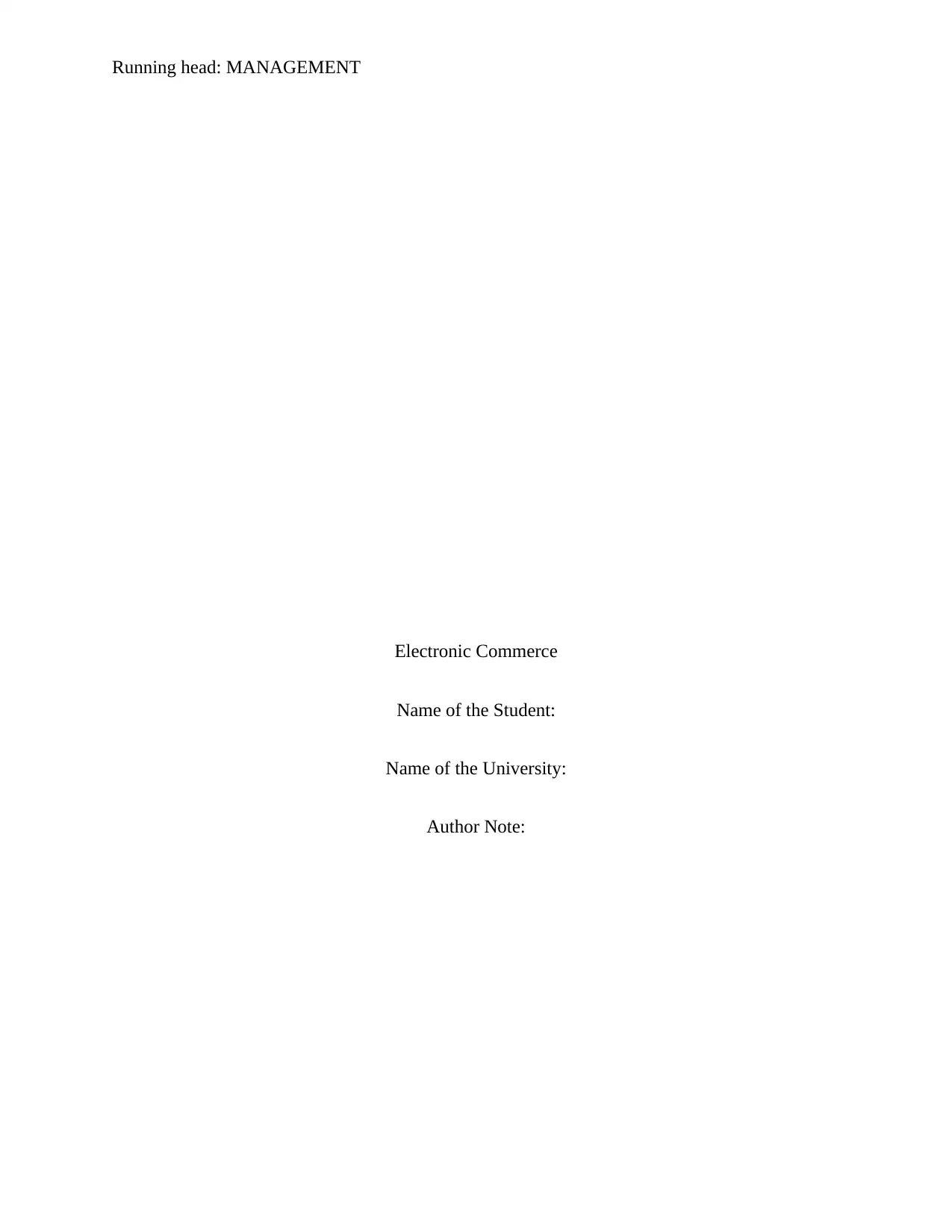
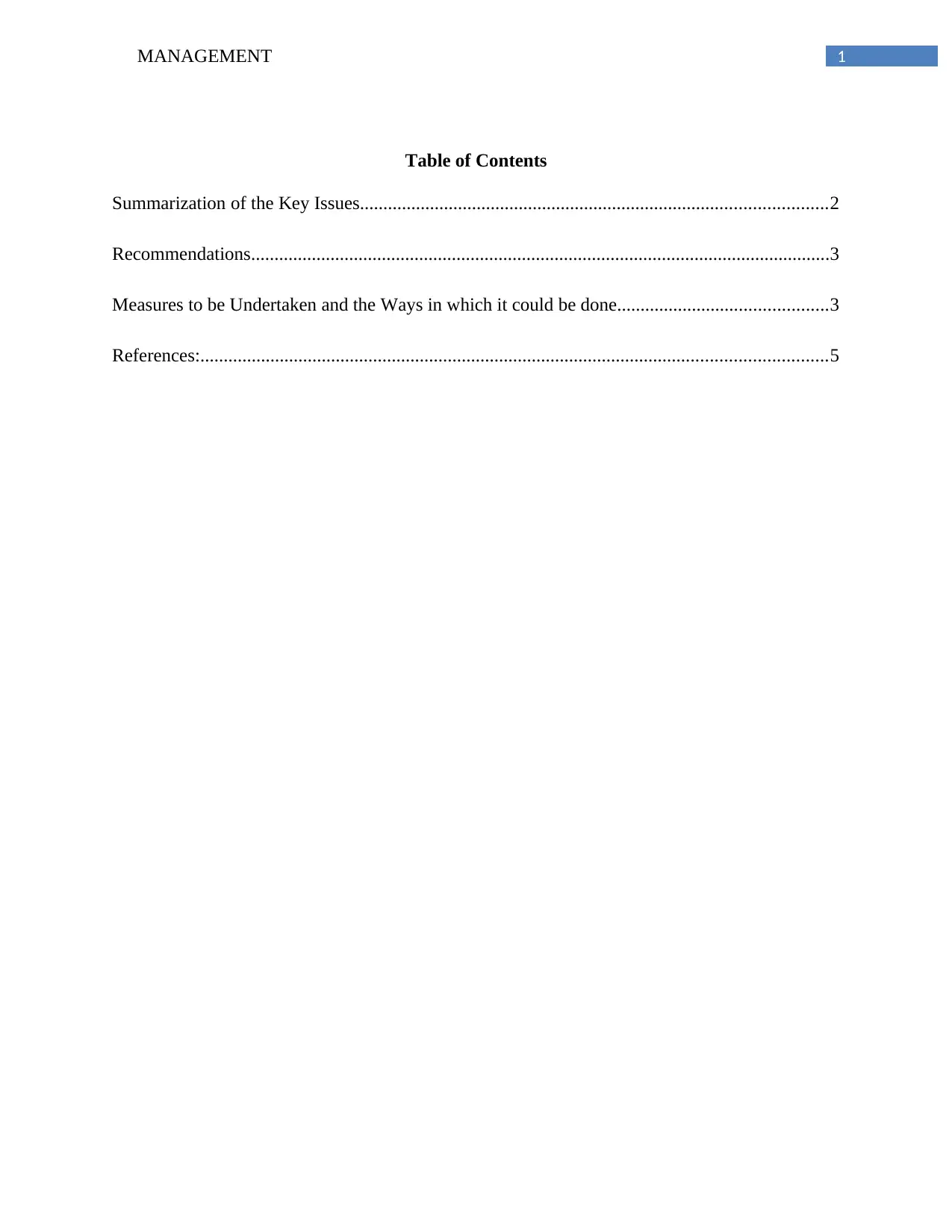
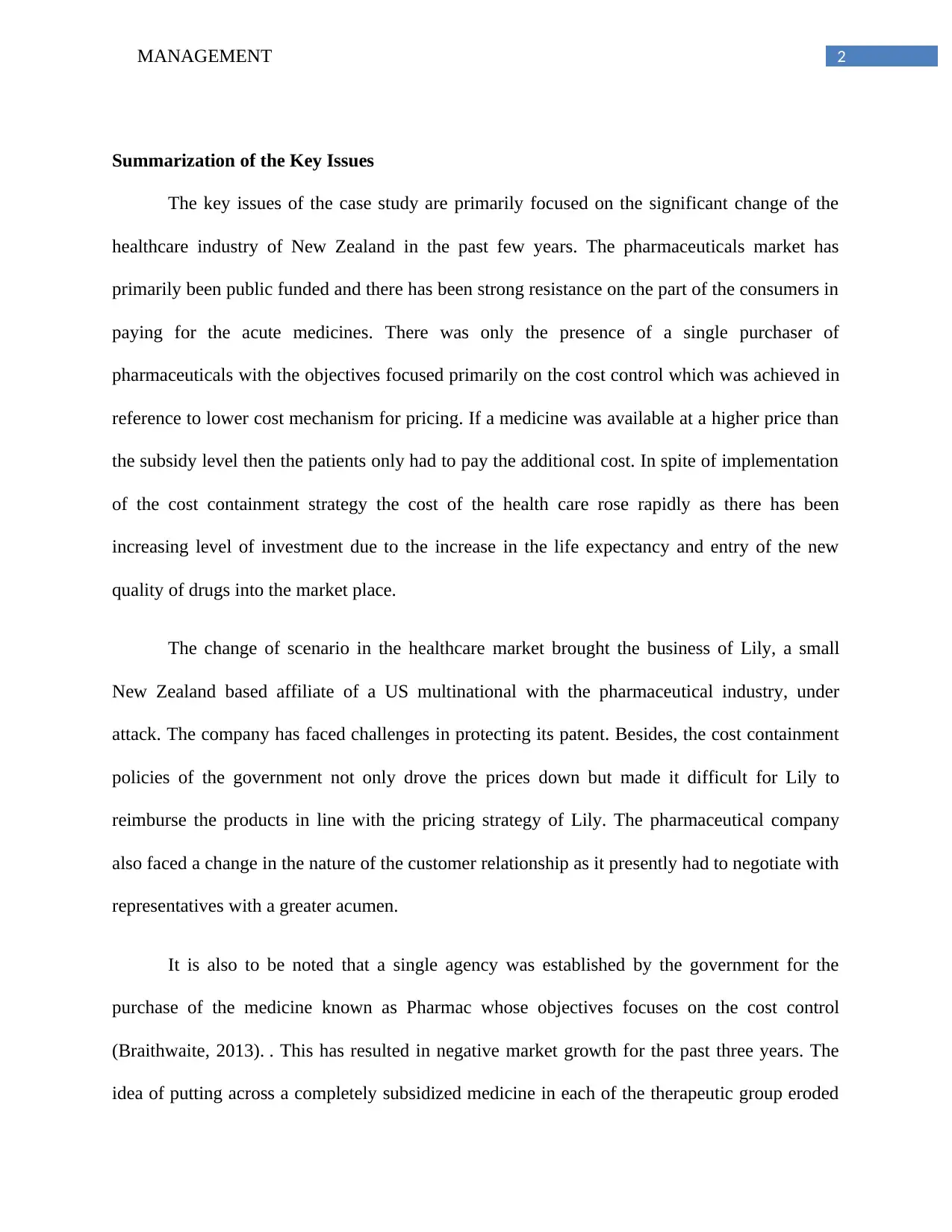

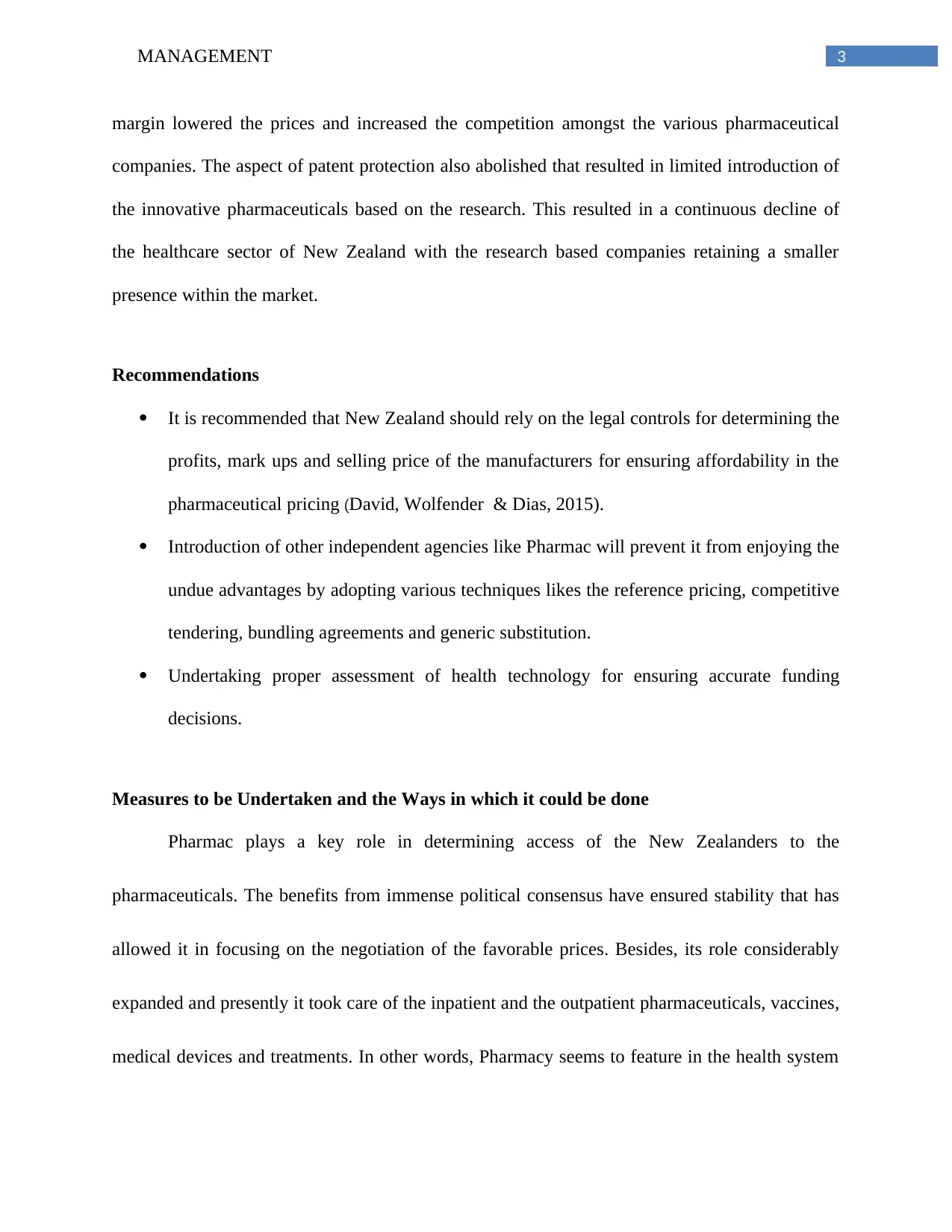
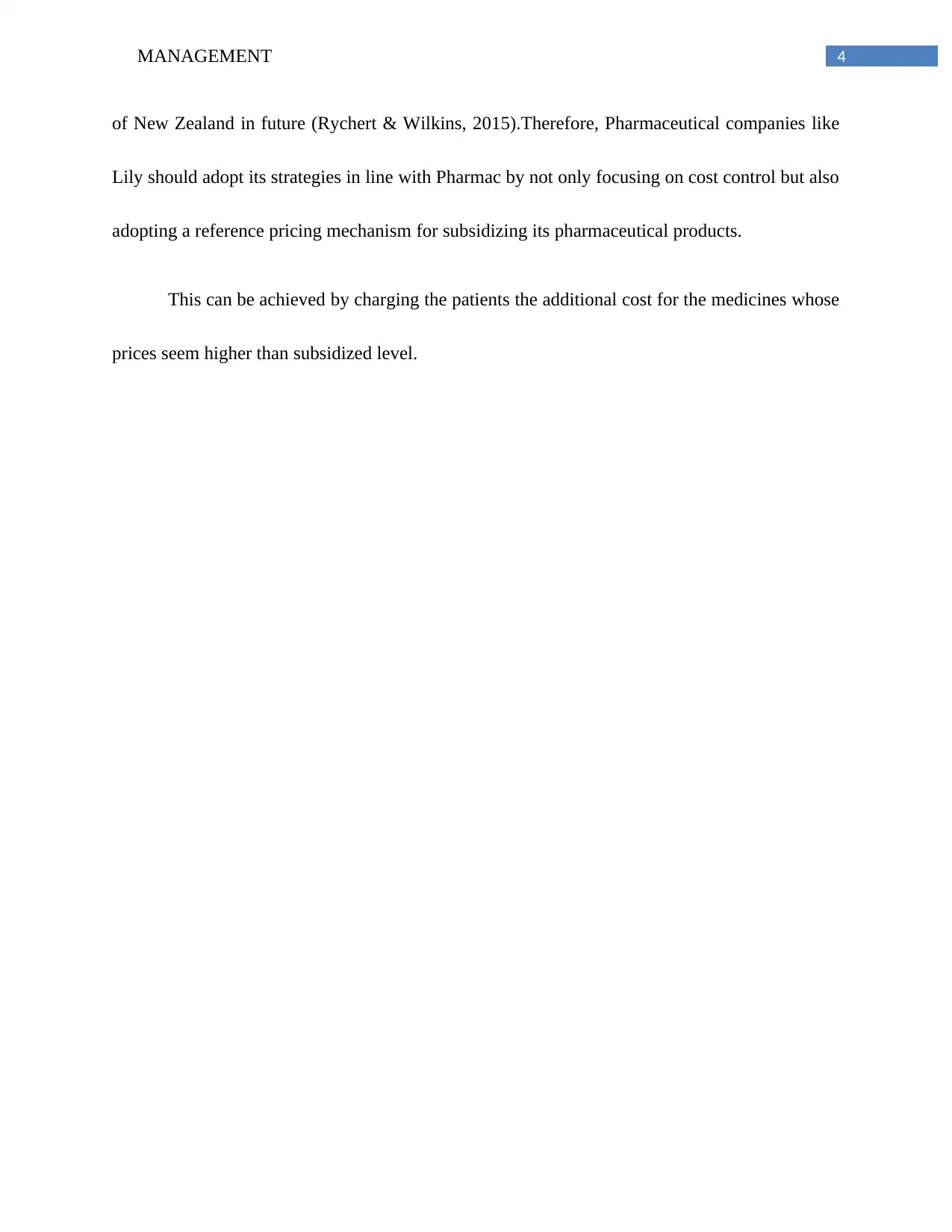
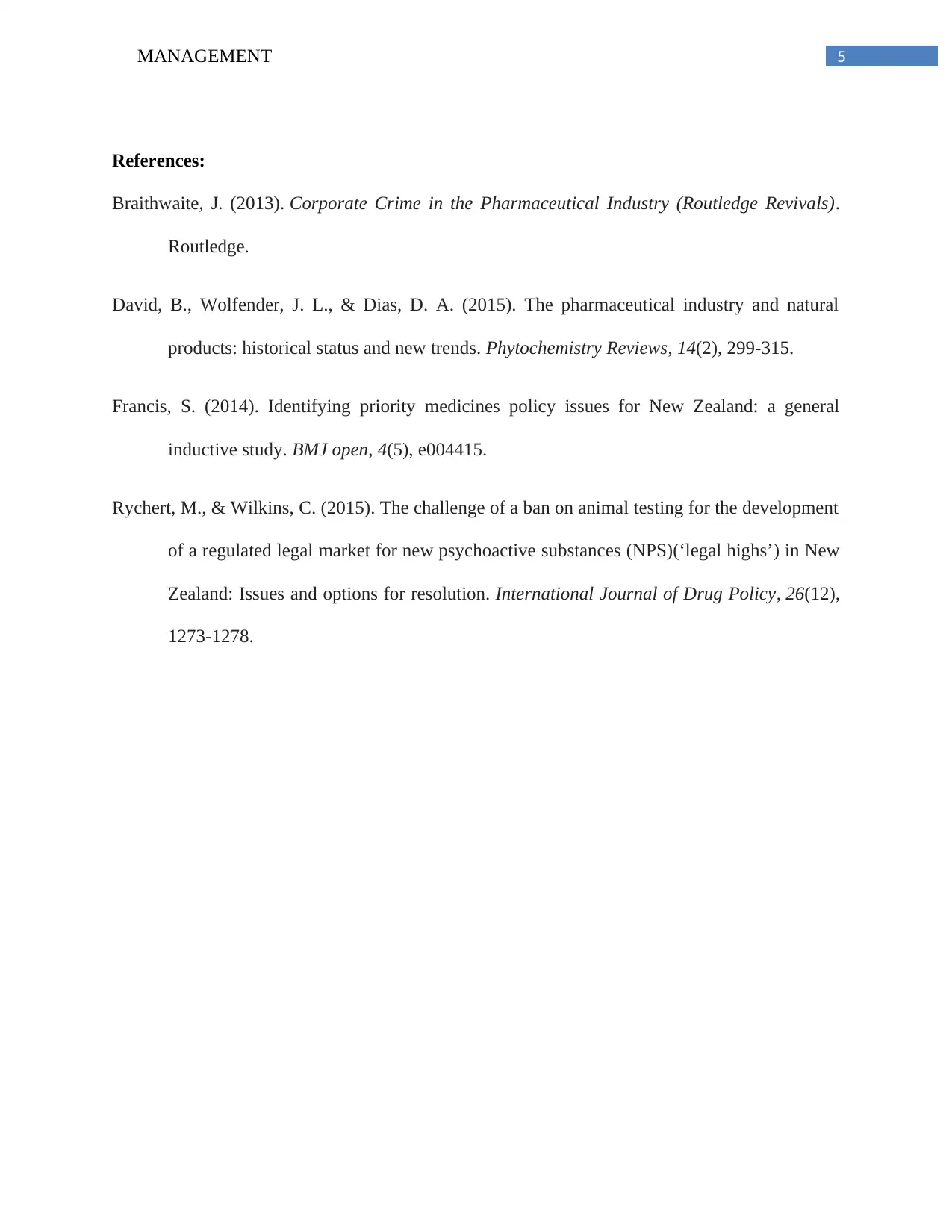






![[object Object]](/_next/static/media/star-bottom.7253800d.svg)